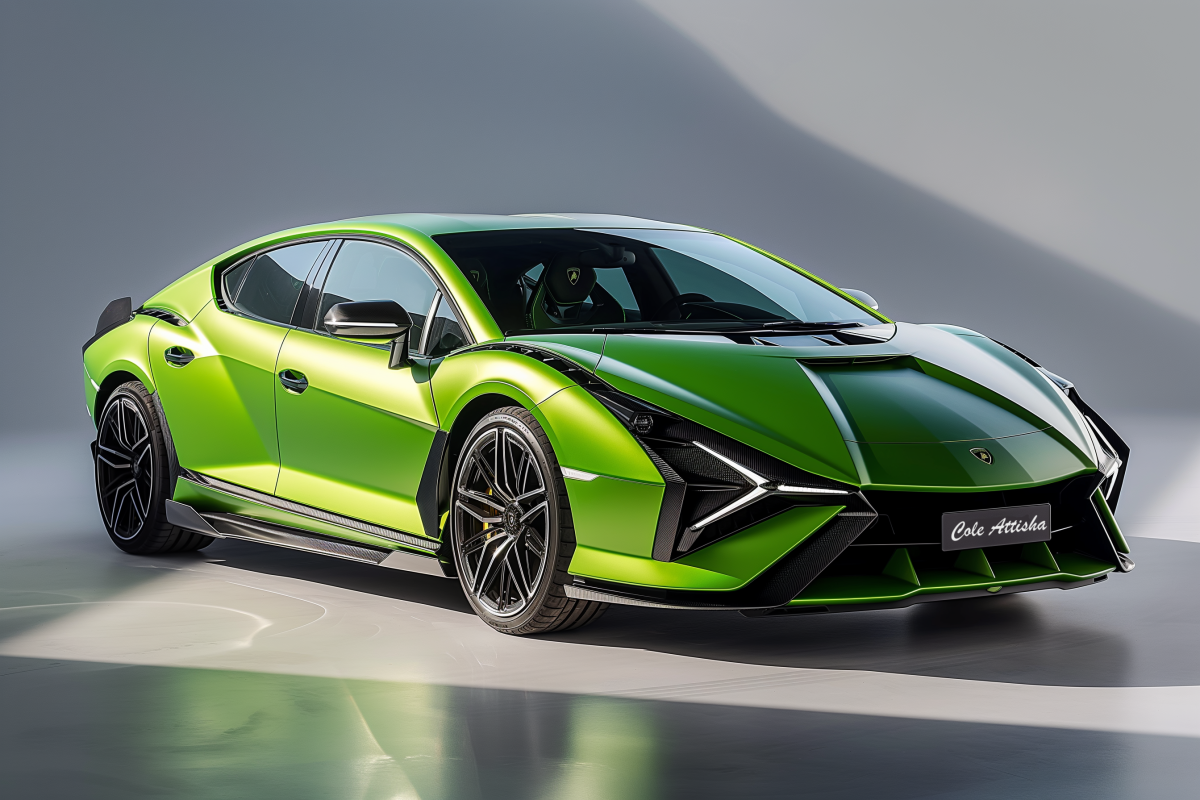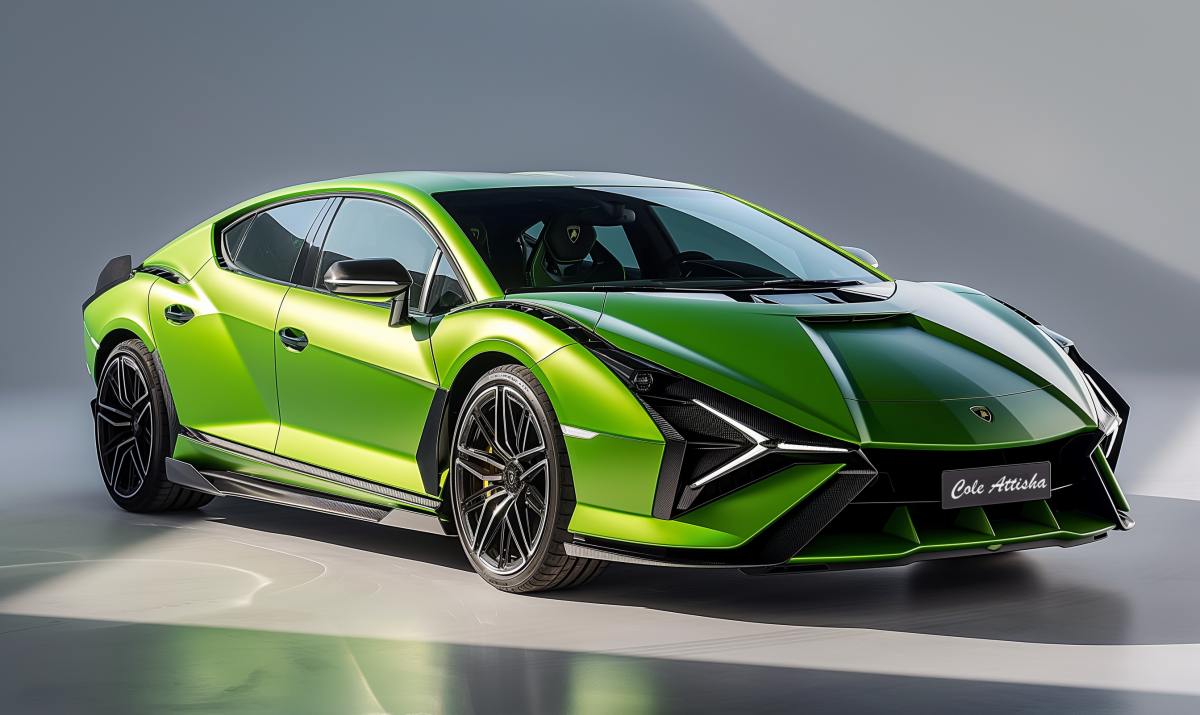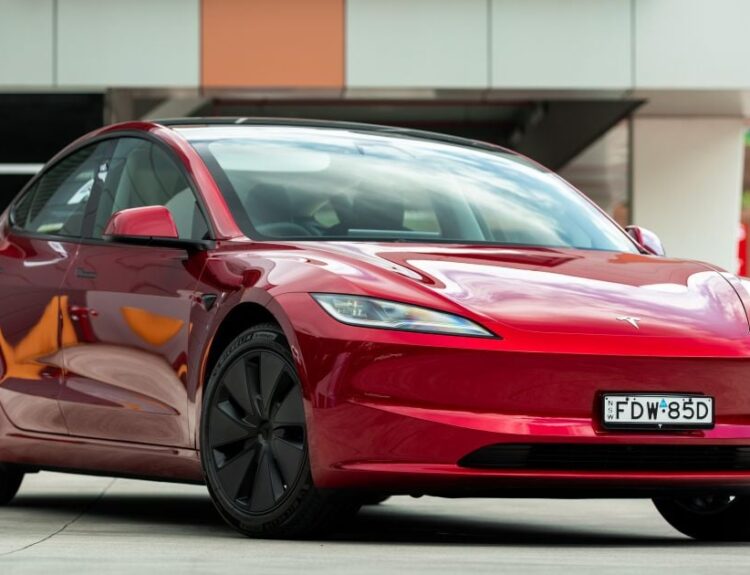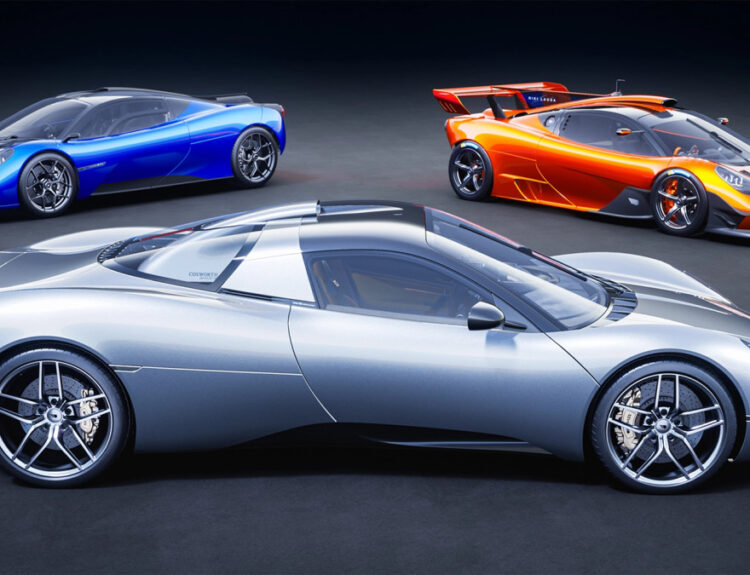
As we move into 2025, a significant shift has occurred in public perception regarding the practice of platform sharing among Volkswagen Group brands. Iconic models such as the Volkswagen Touareg, Audi Q8, Porsche Cayenne, Bentley Bentayga, and Lamborghini Urus are now recognized for their shared underpinnings and modified powertrains. These vehicles continue to thrive, demonstrating the viability of this approach within the automotive landscape.
Related: Think Jaguar’s new design is radical? You might have forgotten their past
Platform sharing has proven to be a formidable strategy for Volkswagen for several years, extending even into the realm of electric vehicles (EVs). The Porsche Taycan, for example, benefits from a shared architecture with Audi’s E-Tron GT. Its remarkable performance has affirmed not only its status as a leading electric vehicle but also its rightful place within the prestigious Porsche lineage.
Could the Estoque EV Emerge as Lamborghini’s Electric Flagship?
Lamborghini recently made headlines by postponing the anticipated launch of its inaugural all-electric vehicle until 2029. Nevertheless, the burgeoning global demand for electric vehicles has created a marketplace that major automotive names cannot afford to ignore. In this context, a Taycan-based electric super sedan could serve as a strategic immediate solution for Lamborghini, potentially resurrecting the name of the brand’s 2008 four-door concept, the Estoque.
Related: Tiny cars, big trend: why Americans are downsizing at record rates
While projected sales figures may not mirror the blockbuster success of the Urus, introducing an electric model into Lamborghini’s lineup sooner rather than later would help establish the brand’s electric credentials. As consumer preferences continue to evolve, having an electric option could enhance trust and desirability among potential buyers. Utilizing a shared platform with the Taycan also lessens financial risk, allowing engineers the freedom to innovate on traditional V12 engines, should market conditions not favor EVs. By leveraging shared architecture, Lamborghini can avoid substantial investment in a bespoke model when the global electric vehicle market still hovers around 18%.
Creating an Engaging Driving Experience for the Estoque EV
The anticipated electric Estoque must share a platform with its German counterparts, yet it must infuse its Italian identity to carve out a distinct niche. Lacking the iconic scream of a V12, the Estoque EV needs innovative features to win over a discerning clientele. Inspiration can be drawn from the Hyundai Ioniq 5 N, which has successfully merged electrification with an exhilarating driving experience through simulated gear shifting and engine sounds.
Related: Tesla leads the 2024 recall list, followed by these automakers
Picture a scenario where drivers can switch seamlessly from the growl of a Huracan V10 to the symphony of a Murcielago V12, all via the flick of a switch—while comfortably seating four and accommodating luggage. This approach might just deliver the electric excitement that enthusiasts crave.
Exploring the Possibility of a “Cross Turismo” Variant
Porsche’s Taycan Cross Turismo has set a precedent for blending the practicality of a rugged estate with the spirit of a sports sedan. A Lamborghini Estoque EV Cross Turismo could similarly cater to consumers desiring both performance and versatility, drawing on the rugged appeal of models like the Urus and the Huracan Sterrato.
Related: These bizarre Nissan concepts will amaze you
This variant offers Lamborghini a chance to tap into the crossover and SUV market without hefty R&D costs, given the backbone provided by Porsche’s design. The unique aesthetics of a rugged Lamborghini—complete with hexagonal fenders and roof rails—promise to be a compelling addition to its portfolio.
Electricity Doesn’t Equal Boredom
The Ioniq 5 N has showcased that electric vehicles need not sacrifice excitement for efficiency. Even skeptics of simulated performance features must acknowledge that they add a layer of engagement typically absent in electric cars. Should Lamborghini produce an all-electric Estoque super sedan, it could effectively encapsulate the very essence of its brand while offering an accessible, enjoyable driving experience.
Final Reflections
Owning a Lamborghini traditionally involves challenges like impracticality, soaring fuel costs, and eye-watering maintenance expenses. An all-electric Estoque could provide a thrilling, yet practical alternative that retains the visceral excitement of the brand without the burdens of conventional supercar ownership.
Related: Meet the T.33S: A purist’s supercar with an 11,100 rpm V12
What are your thoughts on Lamborghini venturing into the electric arena? Is this a prudent move or a misguided pursuit? Would you be inclined to experience the soundtrack of an Aventador SVJ’s V12 in a sedan format, or perhaps the growl of LM002’s V8 in an Estoque Cross Turismo? We welcome your insights in the comments below!
Source:www.autoblog.com




